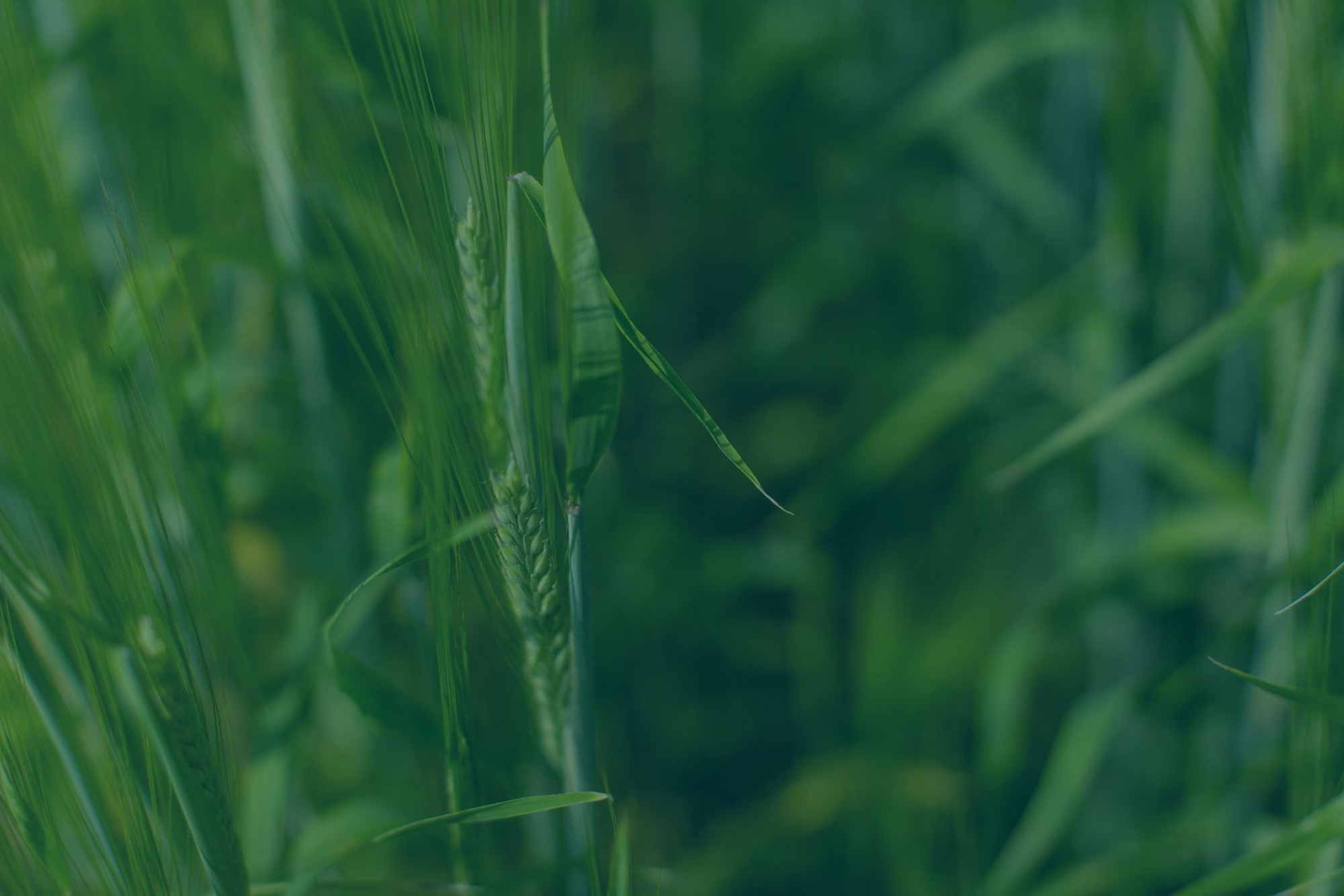Get out and scout for wheat midge
By Midge Tolerant Wheat
As the calendar turns to July, it’s time to scout for yield- and quality-robbing wheat midge.
The specific date will vary by region, but it’s good practice in all areas to scout daily from the time wheat heads emerge from boot leaf until anthers are visible on the heads.
“Scout at dusk on calm evenings,” says Tyler Wist, research scientist of field crop entomology with Agriculture and Agri-Food Canada in Saskatoon. He explains that the little orange flies are best observed when conditions are calm and warm. Specifically, when winds are less than 10kph and temperatures are greater than 15°C.
“They’re pretty delicate creatures,” says Wist. “Midge females come up out of the soil and hang out in the canopy where it’s nice and moist. As soon as it gets calm enough, they know they won’t get blown away by wind, and take flight. That’s when they can be observed coming out of the canopy and landing on the developing wheat heads to lay their eggs.” Crop damage occurs once these eggs hatch and the midge larvae eat the developing wheat kernels.
Yield and grade thresholds
Midge damage can lead to ‘unharvestable’ seed, which reduces yield. In this case, kernels get so shriveled as a result of feeding that they blow out the back of the combine.
How do you know if your crop is at risk of this yield loss? “Look for one midge on four to five wheat heads,” advises Wist. “And don’t just do it in one spot in your field – move around and get a bunch of data points.”
A good rule of thumb is to sample four to five sites. Also, consider checking along crop margins where infestations can be higher due to migration from other fields. “If you find one midge on five heads when scouting, you’ve reached your yield threshold,” he says.
Wheat midge can also affect the quality of your crop. In order to maintain optimum No. 1 grade, the threshold is one adult midge per eight to 10 wheat heads.
Once you’ve determined if your crop has reached either threshold, you can make an informed decision to head to the field with your sprayer. As midge do all their damage in the first two or three days, quick action is critical to avoid yield and quality loss.
Sticky traps are good predictors
Sticky traps can also augment field scouting and help determine if midge are active in your crop. “The sticky cards will catch the female wheat midge as they fly in the canopy. This is a good predictor of larval damage,” says Wist. “Growers can deploy sticky traps at canopy height when the crop is at the stage susceptible to wheat midge (boot split to mid-anthesis).” Use an action threshold of four or more wheat midge caught per 10 yellow sticky cards over a three-night period during the susceptible stage of wheat.
Conditions susceptible to wheat midge
So who’s most susceptible to this pest? “Anyone with wet spring conditions should be on the lookout for wheat midge this year,” says Wist. The 2021 Wheat Midge Forecast maps are good places to check to see if your farm is in an area of concern. Generally speaking, higher midge populations are found in areas that receive good spring rains as moisture is needed to trigger their development. According to Wist, 25 mm of rain through May is needed to get the overwintering larvae to move up to the soil surface to pupate.
As for farm management practices, there are a few activities that can increase risk. For instance, no-till encourages wheat midge survival in the soil. Wist is quick to point out, however, that the soil benefits of no-till outweigh any negatives from wheat midge.
“Wheat under irrigation is also more at risk because the wet conditions are conducive for overwintering midge to develop into adults. Wheat midge susceptible wheat varieties should be closely monitored as well,” he says. Finally, anyone growing wheat-on-wheat should be on alert unless the second year of wheat is a midge tolerant variety.
Farmers who grow midge tolerant wheat varieties are indeed protected from the damaging pest, but they should still be scouting to know if there is wheat midge in neighbouring fields. “If you’re in one of those at-risk areas on the forecast map, I would still go out and have a look in the field. Midge tolerant wheat varieties does not keep the wheat midge from laying eggs, but it kills the young wheat midge larva as it tries to feed on the seed,” explains Wist.
“Midge tolerant wheat varieties have a 10% susceptible refuge and midge-tolerant kernels still have to take a small amount of damage before the Sm1 gene activates and the acid levels rise to make the midge larva stop feeding,” says Wist.
The refuge variety plays an important role in preventing the build-up of a resistant midge population. Hence, why the Stewardship Agreement – a grower’s commitment to grow certified seed every other year – is critical to ensuring the refuge stays at an adequate level.
Keep updated on midge activity
For timely information on midge development, growers and agronomists can subscribe to weekly updates at Prairiepest.ca. Twitter users can also follow midge emergence at the hashtag #midgebusters. The #midgebusters initiative is a network of SeCan wheat producers/collaborators across Manitoba, Saskatchewan and Alberta who are pheromone trapping for wheat midge.
Between your own scouting activities and keeping up-to-date on prevalence across the Prairies, wheat midge won’t stand a chance of stealing your yield and quality.

